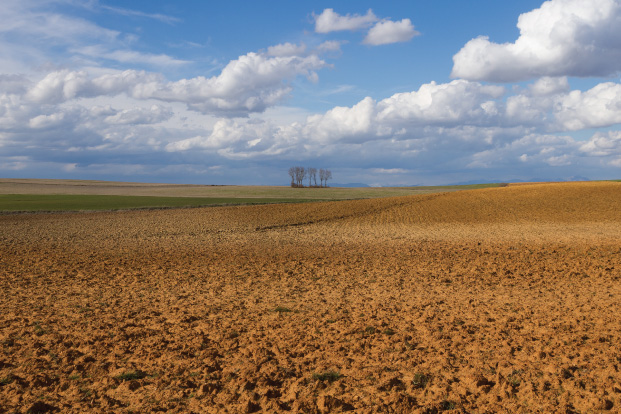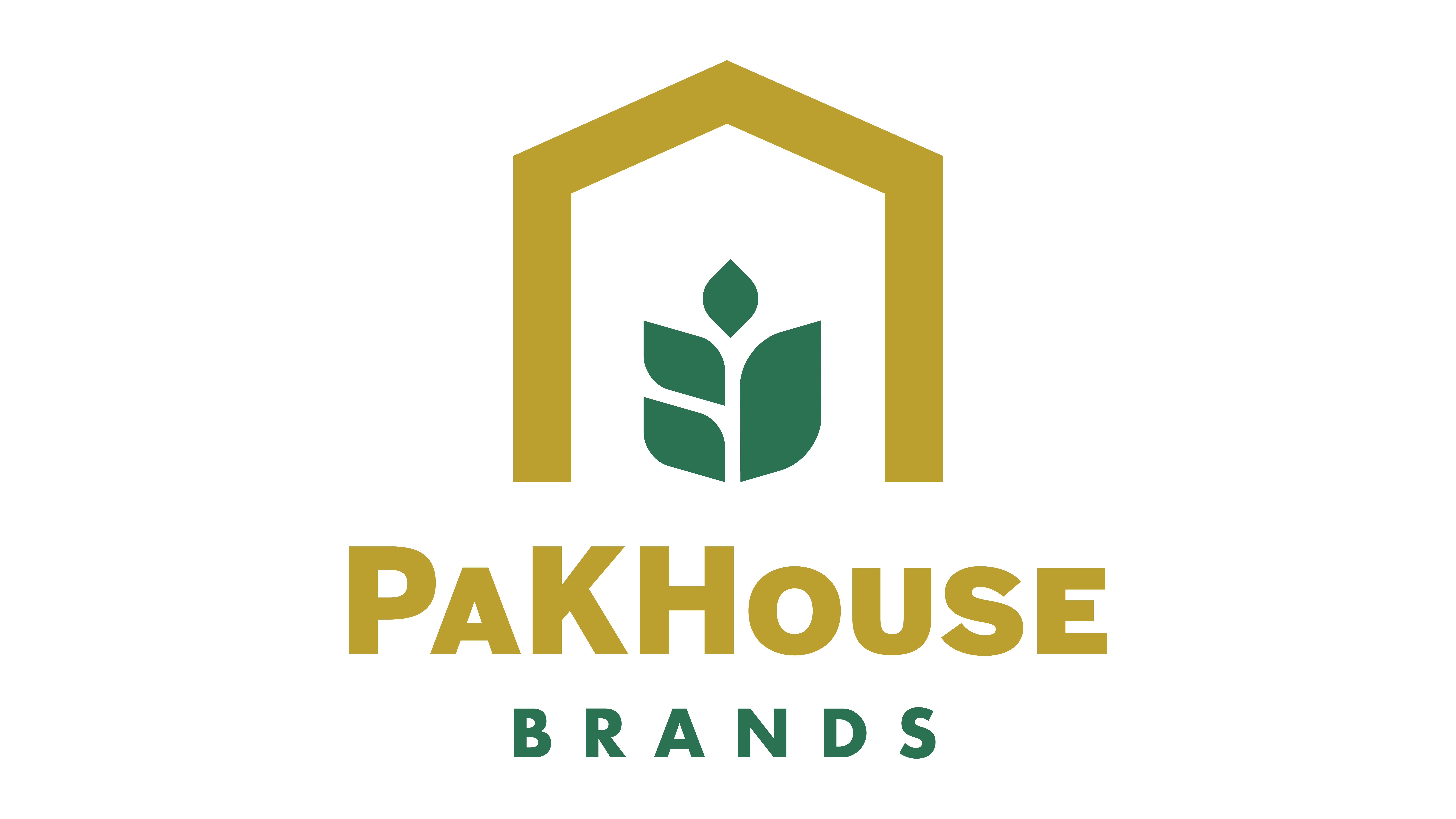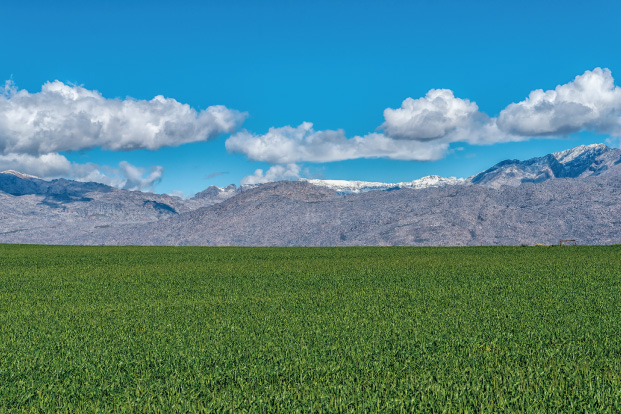What agribusiness can do for South Africa’s economy

South African and Namibian ARRA table grape season
May 2, 2019
Local prices: All but soya move upwards – South Africa
May 10, 2019
It is often said that the macroeconomic standing of the agricultural sector has diminished over time – and this argument is supported by the sector’s declining share of GDP, which fell from 4.2% in 1996 to 2.4% in 2018.
What is not captured in this narrative, however, is the fact that the value of the agricultural sector has grown by almost 46%, from R50.5bn to R74.2bn over the same period.
This means that South Africa’s primary agricultural sector is not becoming insignificant – it is only that other sectors, particularly the services sector, have grown at a faster pace.
In 2018, the South African agricultural economy contracted by 4.8% year-on-year owing to a poor summer grains harvest on the back of drier weather conditions at the start of the season, and also lower horticultural harvest at the start of the year due to tail-end effects of the 2017 Western Cape drought.
Agricultural production and trade
Notwithstanding this, the developments on the agricultural trade front were generally positive, as South Africa’s agricultural exports grew by 7% y/y to US$10.6bn, a record level in a dataset starting from 2001. This was underpinned by increased exports of oranges, grapes, wine, maize, apples, wool, lemons, mandarins and pears, among other products.
Over the same period, imports increased marginally to US$6.7bn. The key imported products were rice, wheat, offal, palm oil, whiskey, live cattle and oilcakes for animal feed.
Overall, this subsequently led to a 21% y/y increase in South Africa’s agricultural trade balance to a record US$3.9bn.
Key markets
From a destination point of view, the African continent and Europe continued to be the largest markets for South Africa’s agricultural exports, collectively absorbing 66% of total exports in 2018, measured in value terms.
In more detail, Africa remained South Africa’s largest market, accounting for 39% of agricultural exports. The leading products to these markets were beverages, fruit, vegetables, wool, sugar and grains.
Asia is also an important market for South Africa’s agricultural exports, demanding a 25% export share in 2018. Wool, fruit, grains, beverages, vegetables and meat were the leading products exported to this particular region. The Americas and the rest of the world accounted for 5% and 4% shares. Exports to these regions were also dominated by fruits, beverages, vegetables, tea, sugar and grains.
What is also worth noting in terms of imports is that South Africa has an import substitution objective through its Industrial Policy Action Plan, but the substitution of some of the key imported agricultural products is unlikely in the foreseeable future, as South Africa does not have favourable agro-ecological conditions, specifically for the production of palm oil and rice. About 23% of the overall 2018 agricultural imports were rice, wheat, offal, and palm oil.
The most recent data from the International Grains Council suggest that South Africa’s 2019 rice imports could amount to 1.1 million tonnes, up by 10% from 2018. But the import value might not be higher than in 2018, due to comparatively lower rice prices on the back of a large global harvest of 491 million tonnes in the 2018/19 production season.
Click here for the full article: fin24



